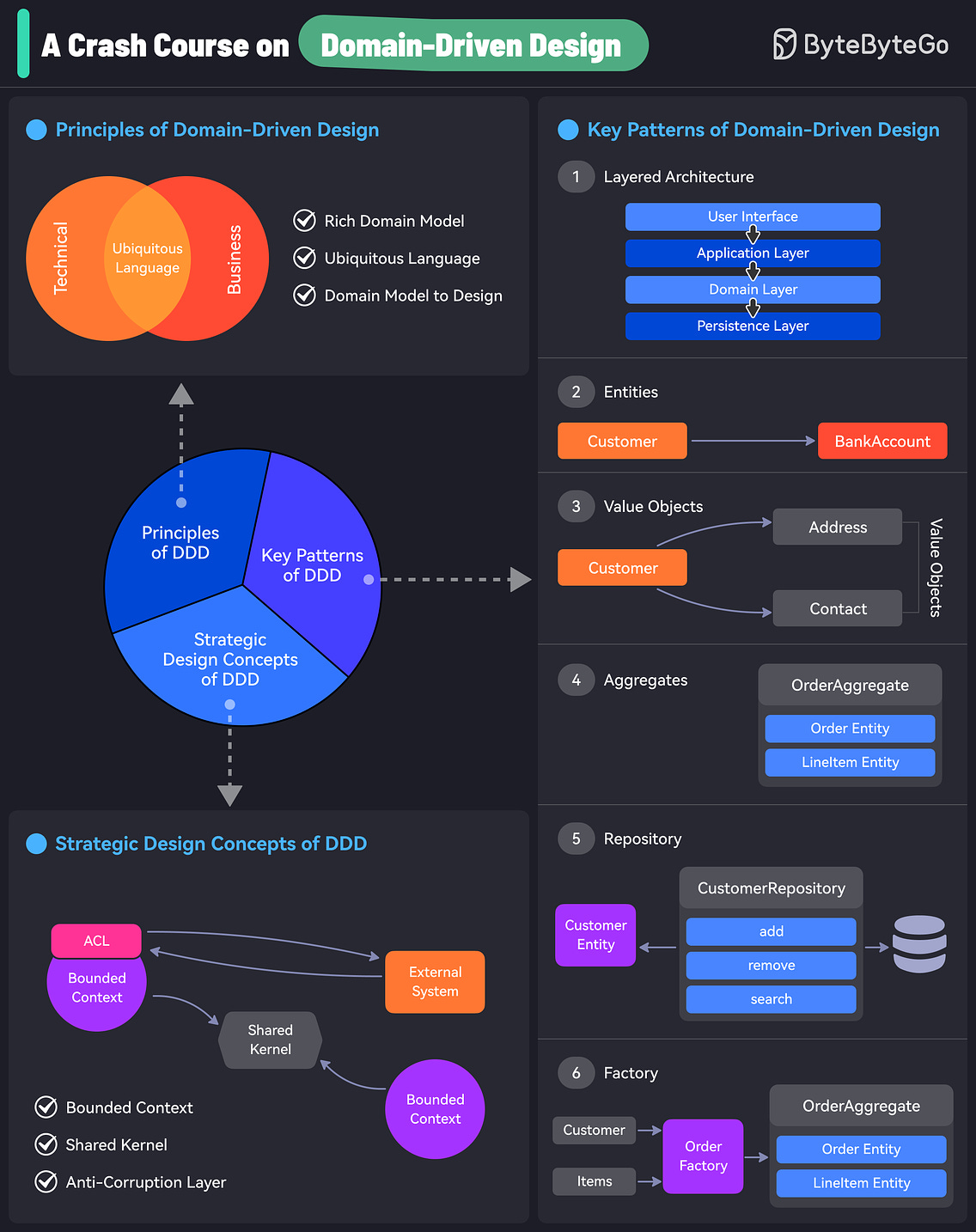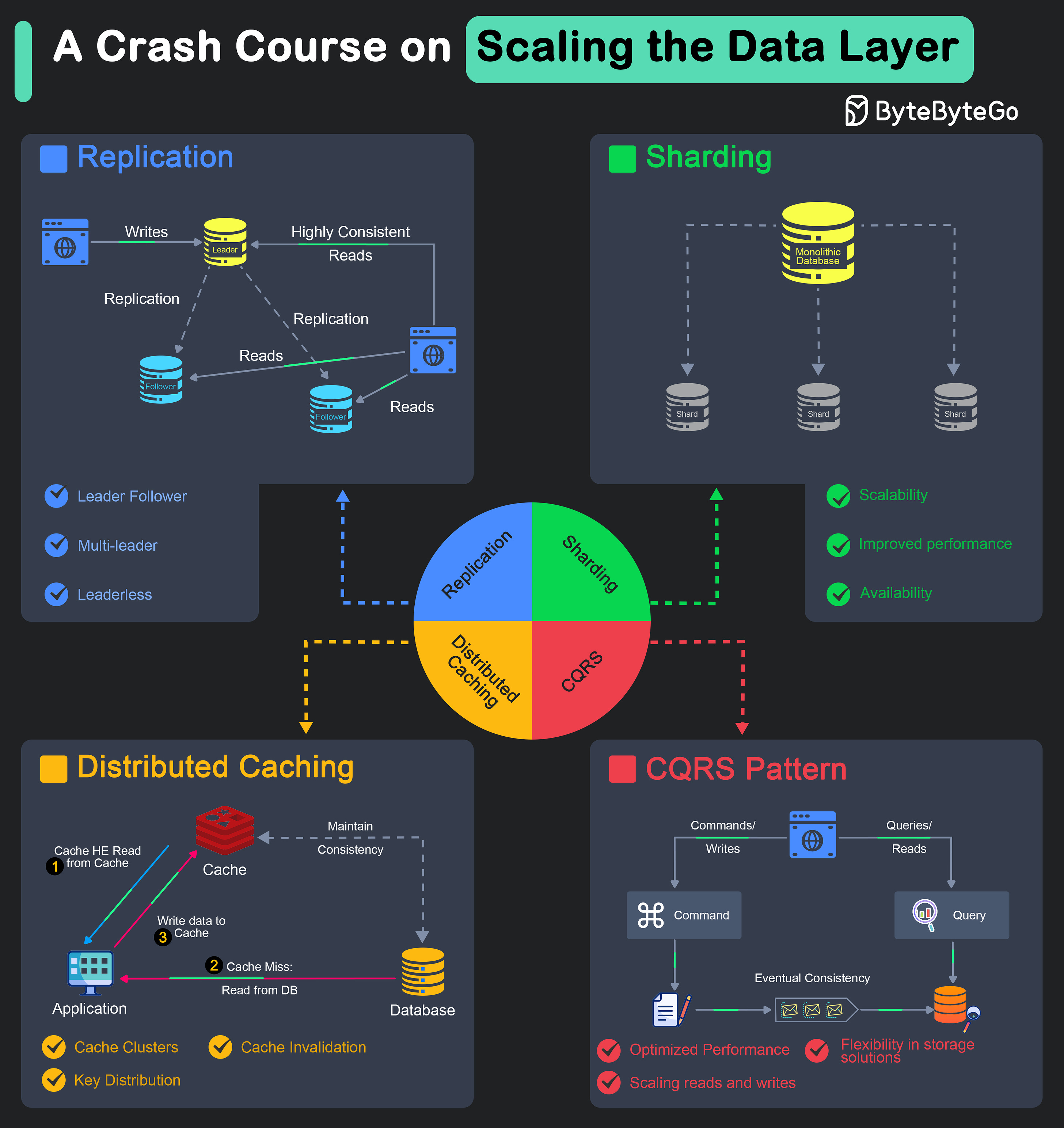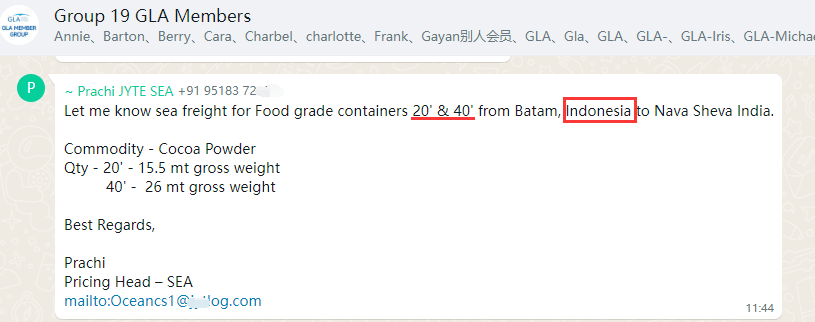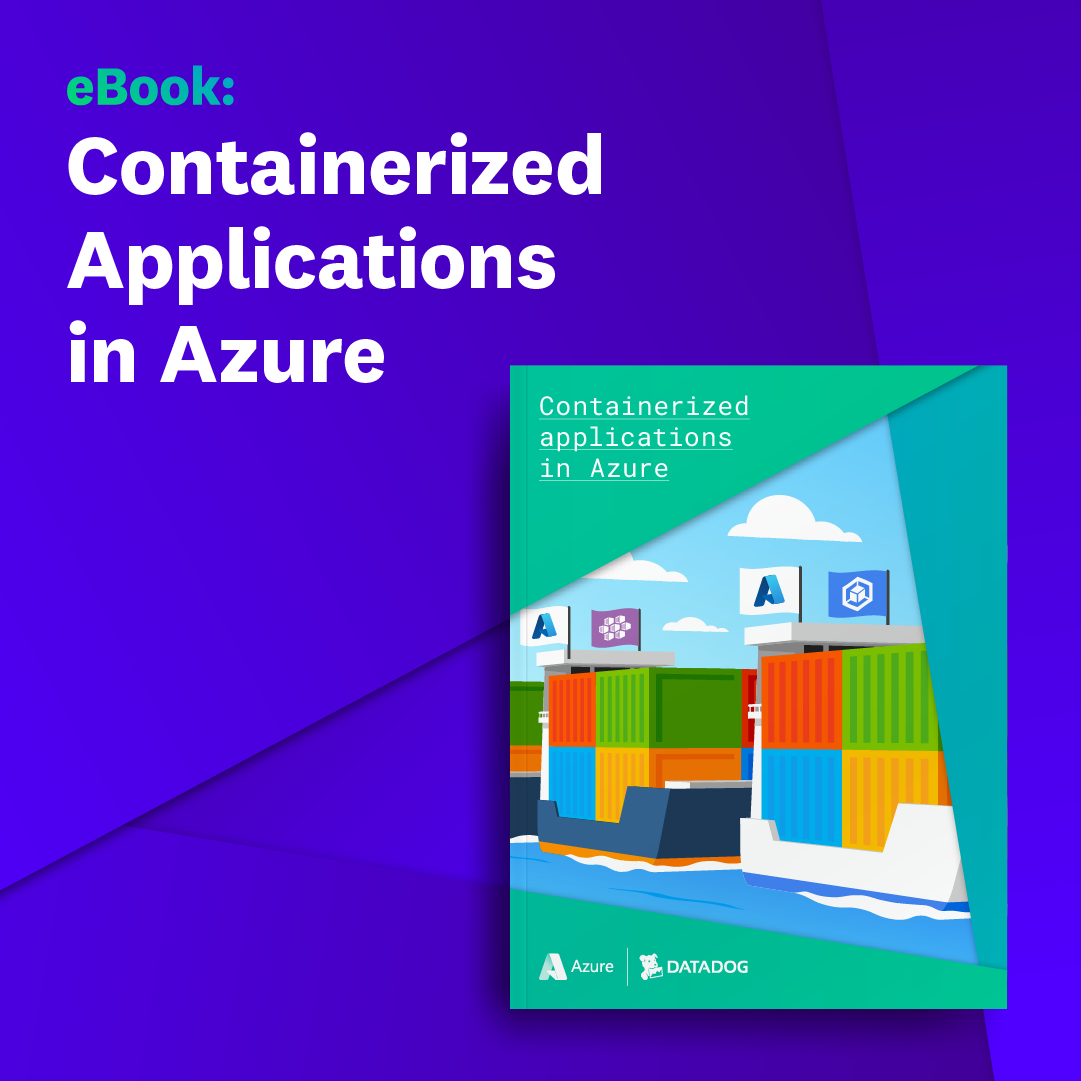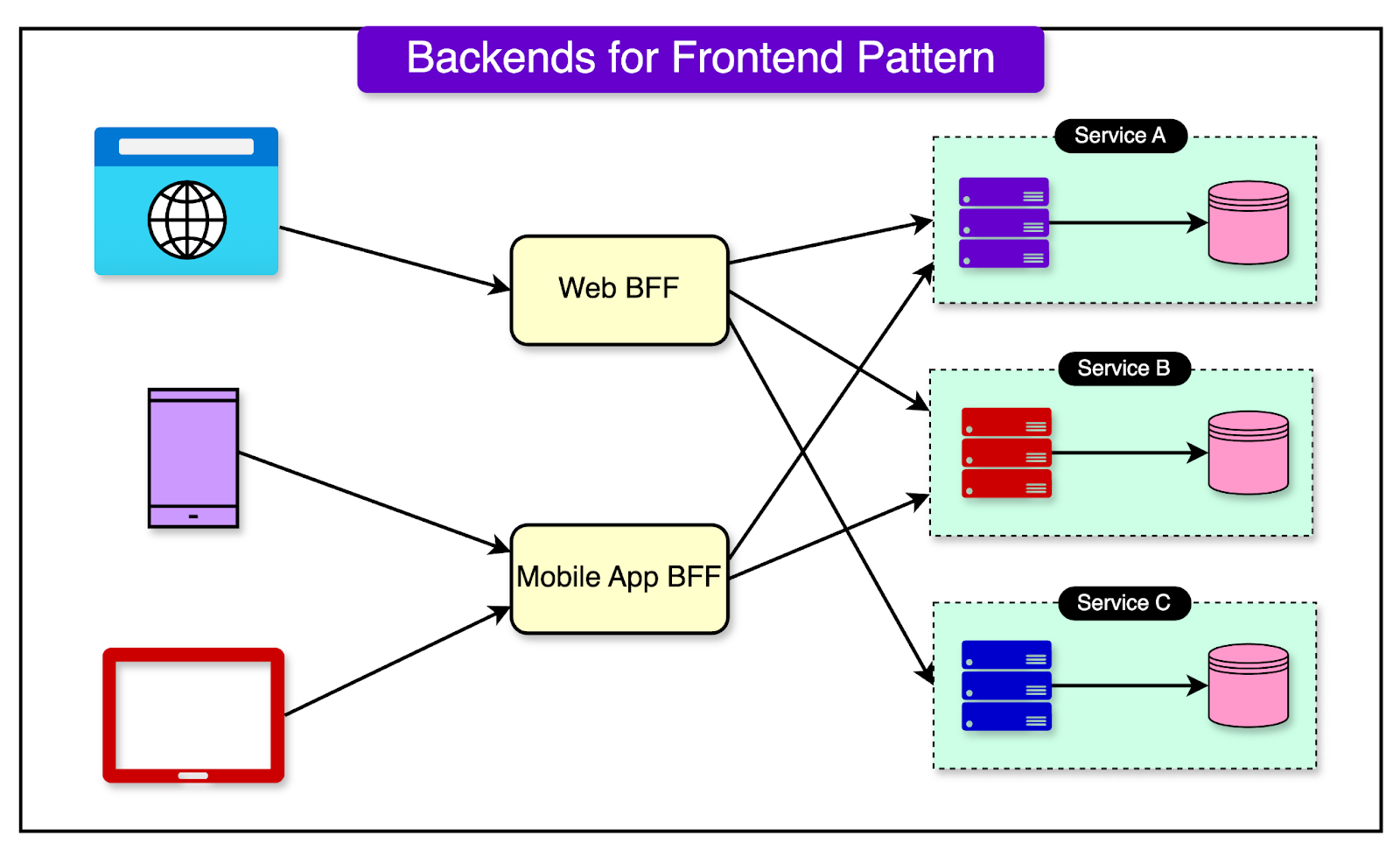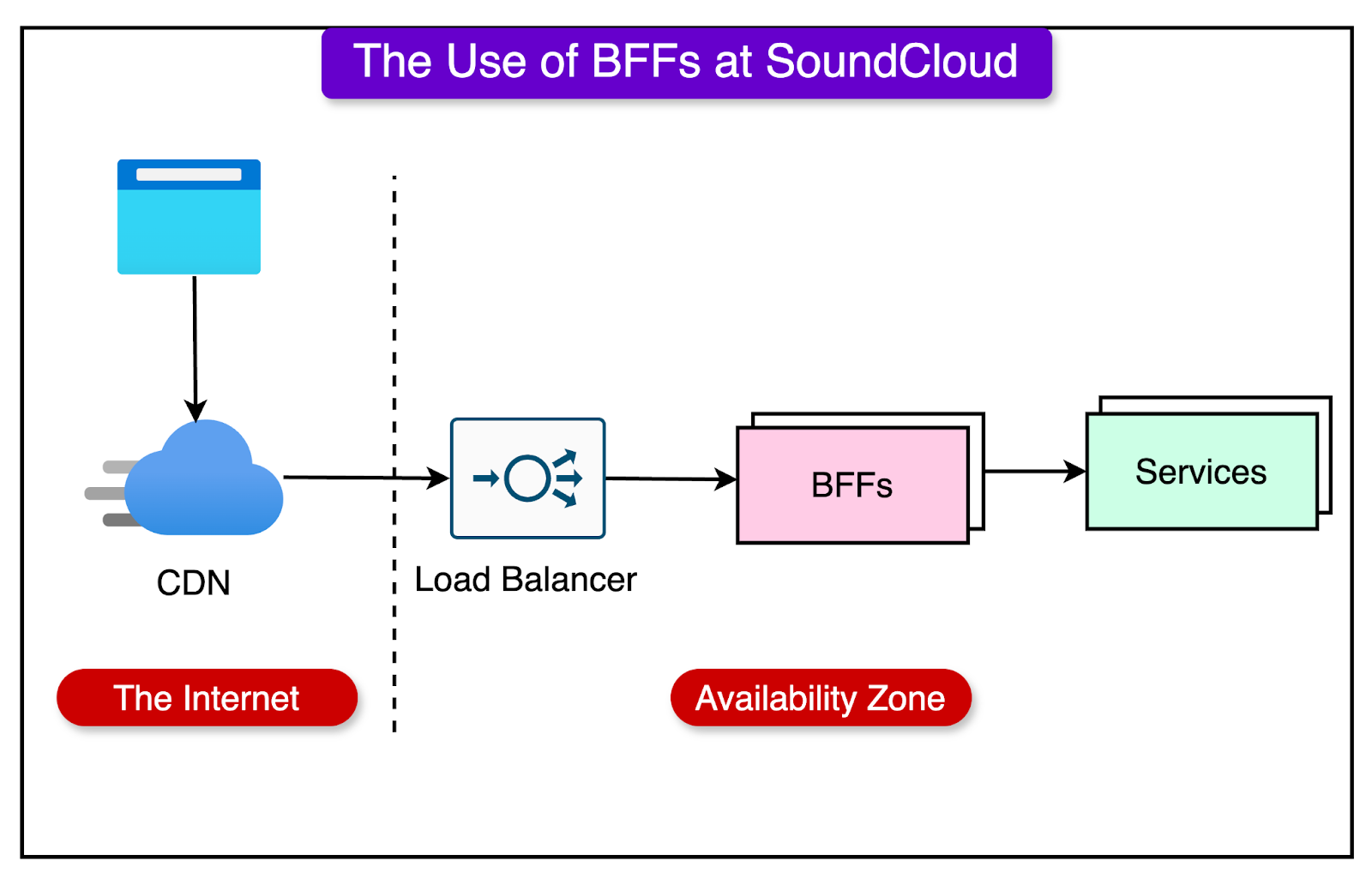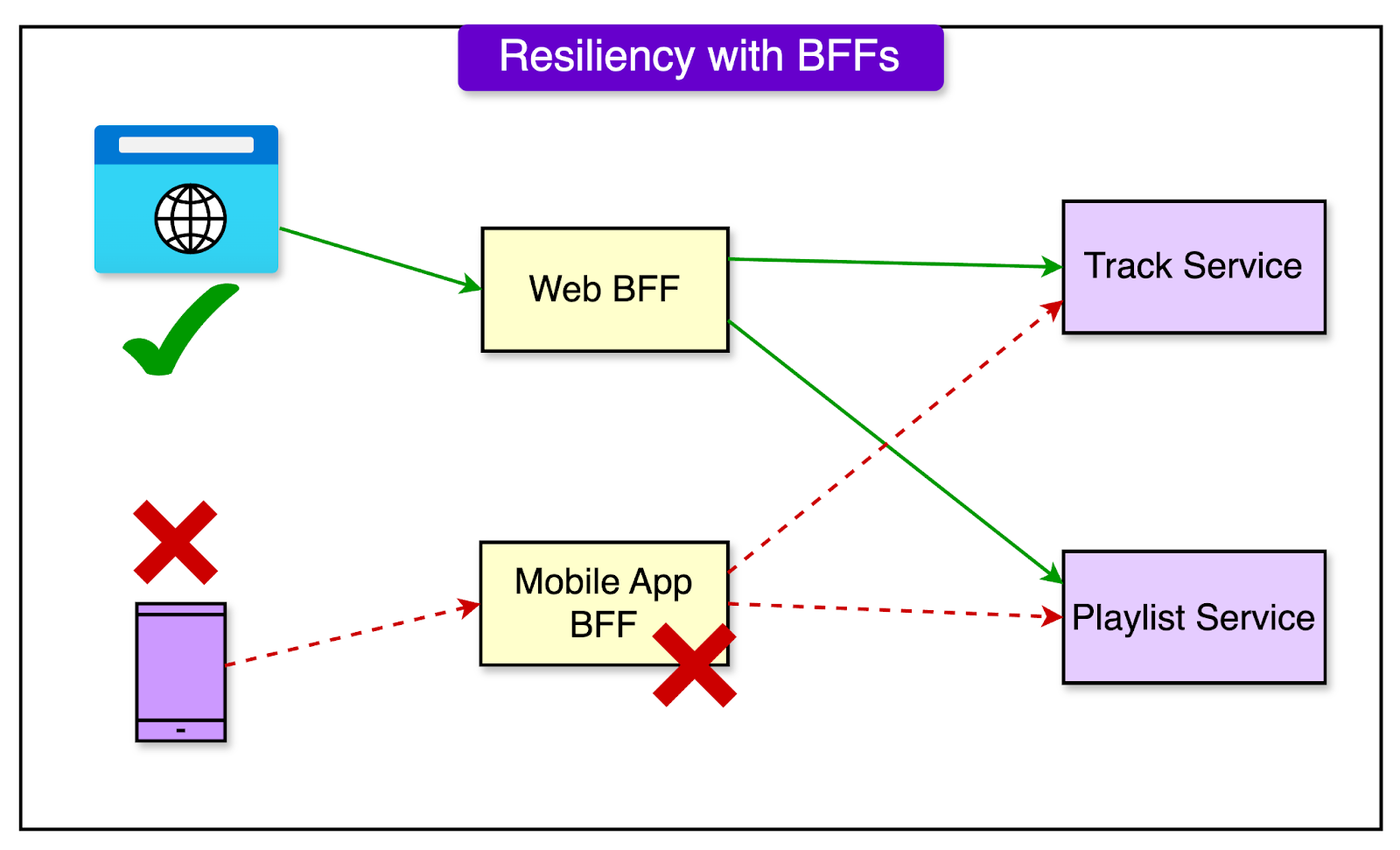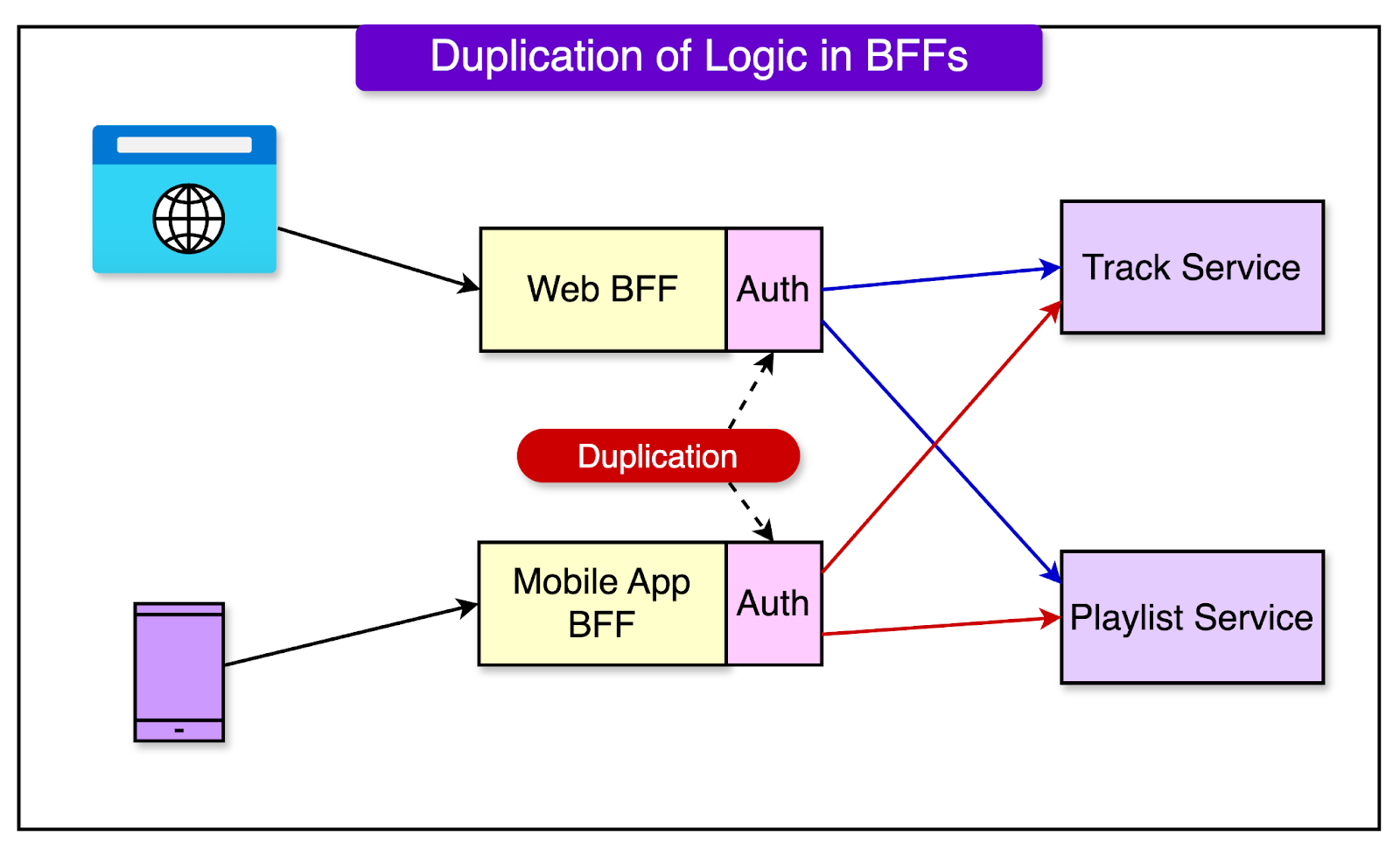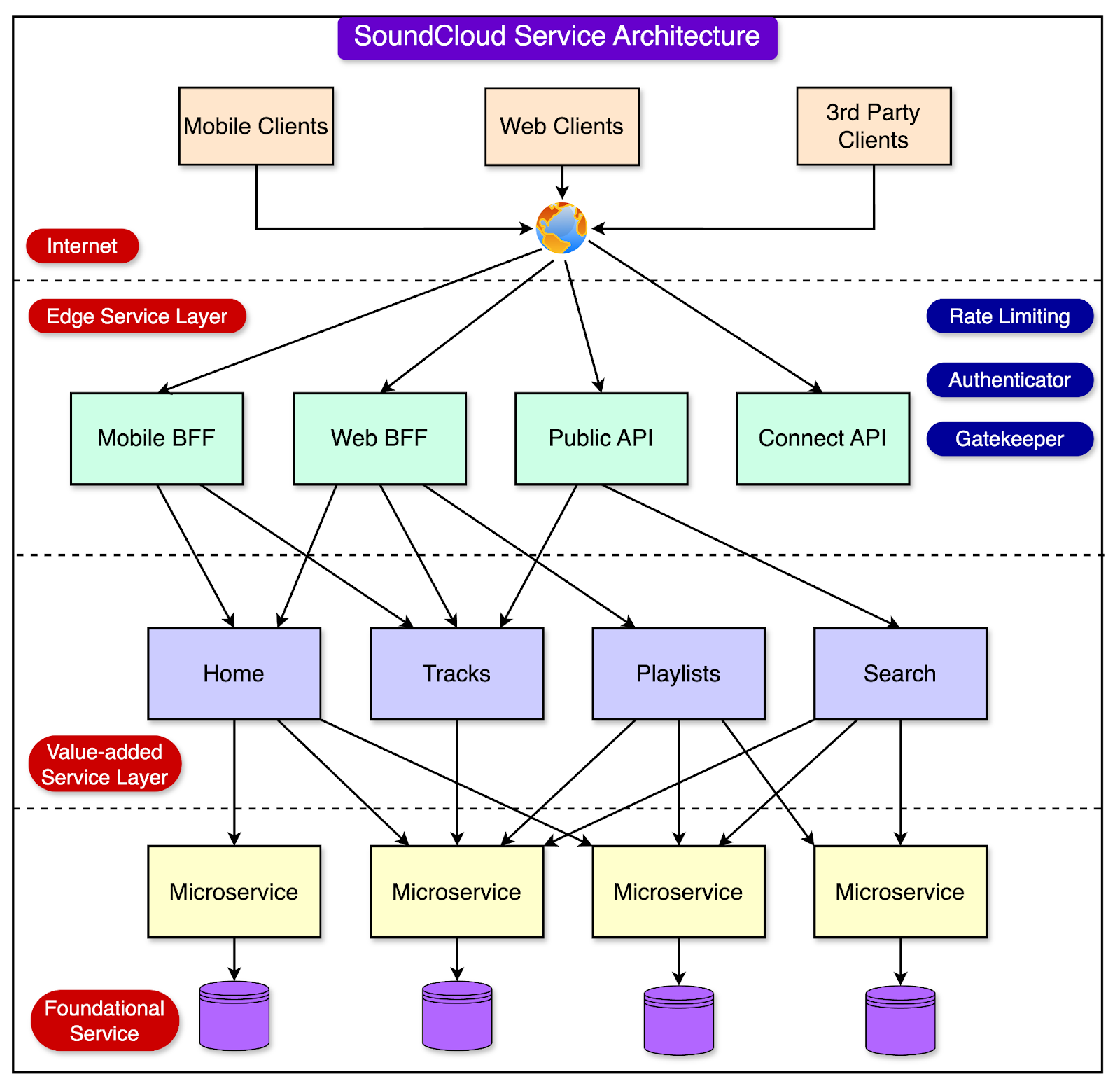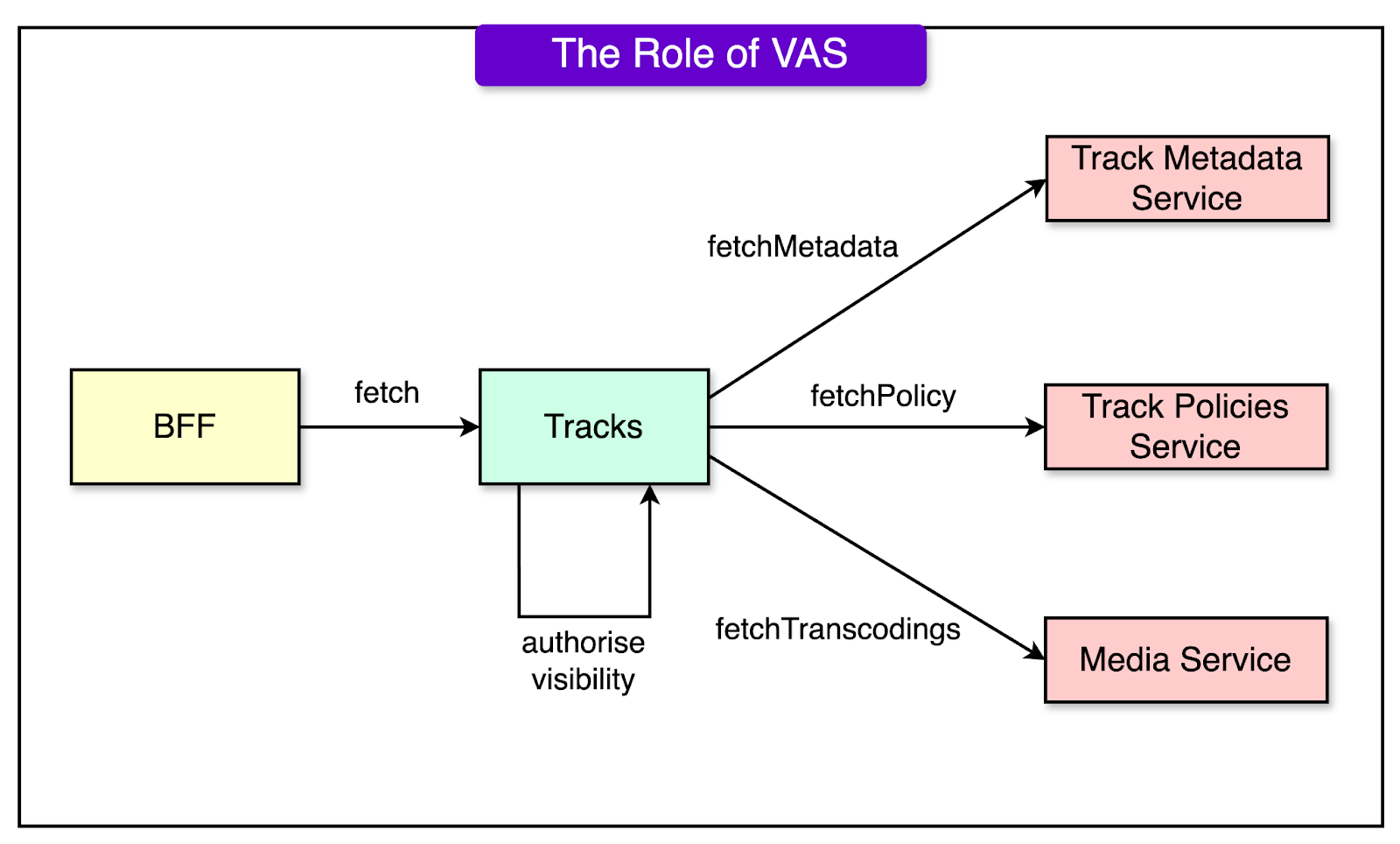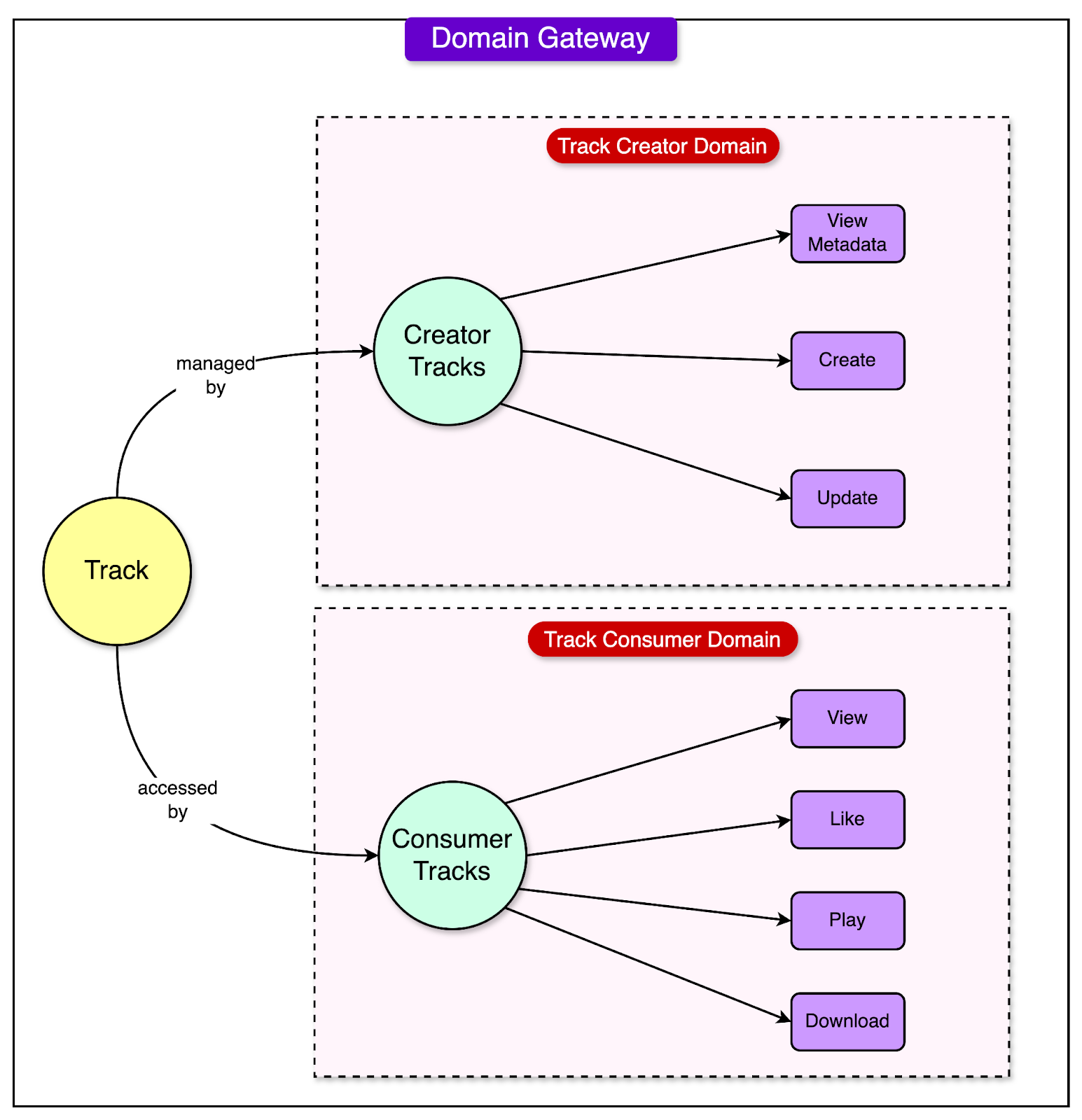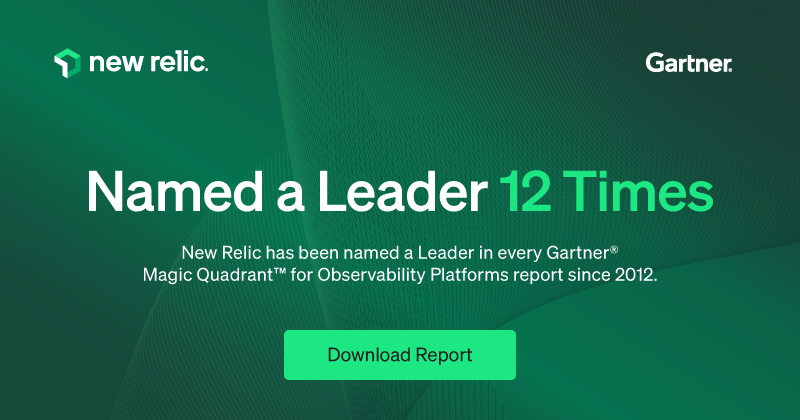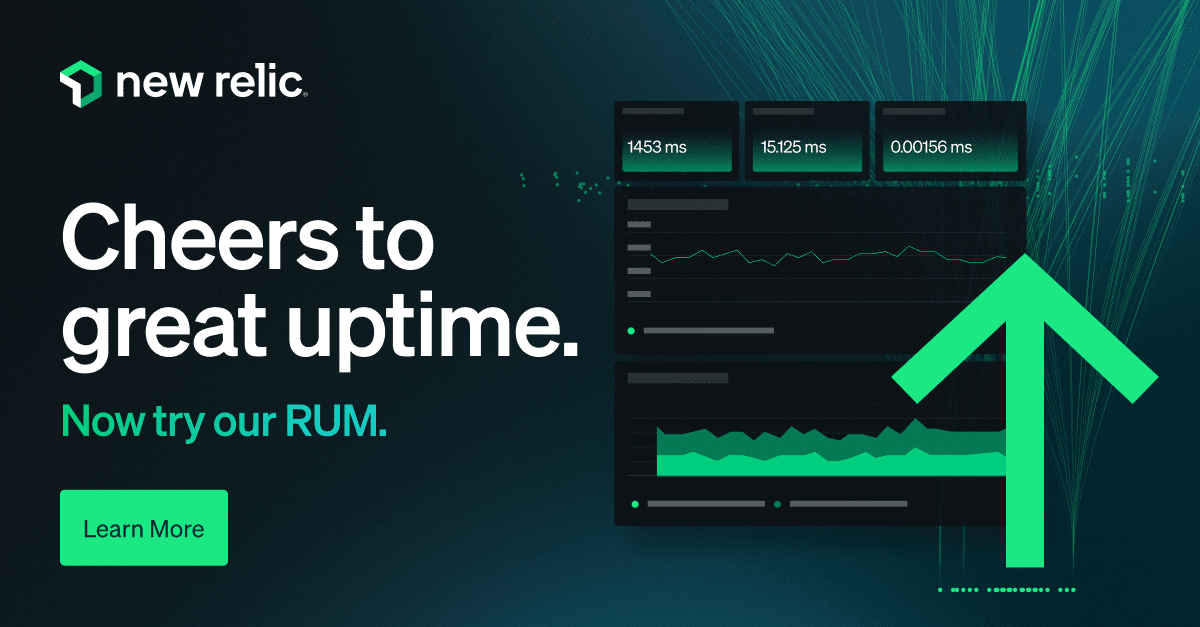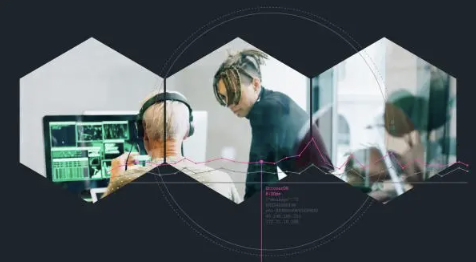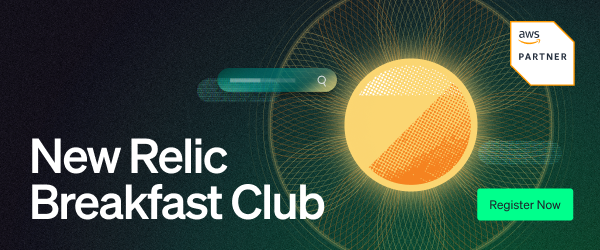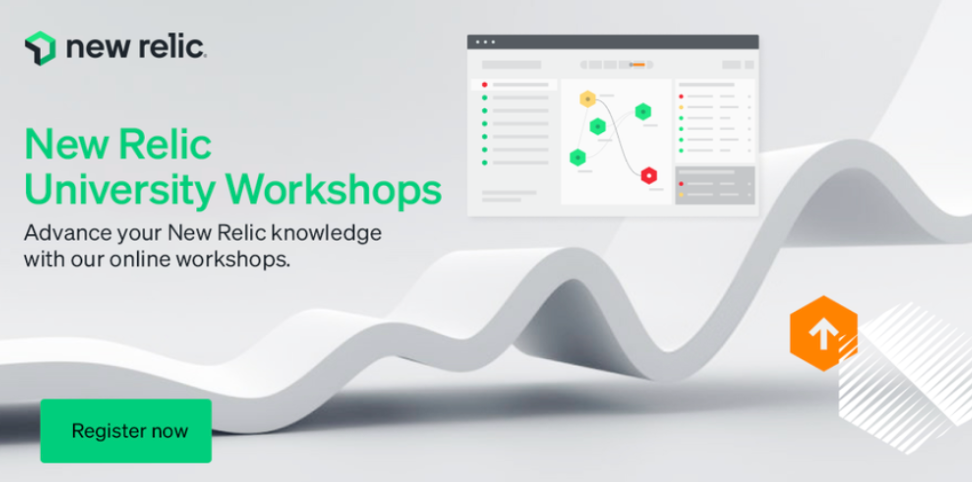Archives
- By thread 5378
-
By date
- June 2021 10
- July 2021 6
- August 2021 20
- September 2021 21
- October 2021 48
- November 2021 40
- December 2021 23
- January 2022 46
- February 2022 80
- March 2022 109
- April 2022 100
- May 2022 97
- June 2022 105
- July 2022 82
- August 2022 95
- September 2022 103
- October 2022 117
- November 2022 115
- December 2022 102
- January 2023 88
- February 2023 90
- March 2023 116
- April 2023 97
- May 2023 159
- June 2023 145
- July 2023 120
- August 2023 90
- September 2023 102
- October 2023 106
- November 2023 100
- December 2023 74
- January 2024 75
- February 2024 75
- March 2024 78
- April 2024 74
- May 2024 108
- June 2024 98
- July 2024 116
- August 2024 134
- September 2024 130
- October 2024 141
- November 2024 171
- December 2024 115
- January 2025 216
- February 2025 140
- March 2025 220
- April 2025 233
- May 2025 239
- June 2025 303
- July 2025 192
-
How to motivate your employees through review season
The Shortlist
Emerging ideas for leaders Curated by Alex Panas, global leader of industries, & Axel Karlsson, global leader of functional practices and growth platforms
Welcome to the latest edition of the CEO Shortlist, a biweekly newsletter of our best ideas for the C-suite. This week, we feature two new articles about the employee experience and a look at what still needs to be done in the energy transition. We appreciate the opportunity to connect and hope you find our perspectives novel and insightful. Please let us know what you think! You can reach us at Alex_Panas@McKinsey.com and Axel_Karlsson@McKinsey.com. Thank you.
—Alex and Axel
We hope you find these ideas helpful and inspiring. See you next time with more McKinsey ideas for the CEO and others in the C-suite.
Share these insights
This email contains information about McKinsey’s research, insights, services, or events. By opening our emails or clicking on links, you agree to our use of cookies and web tracking technology. For more information on how we use and protect your information, please review our privacy policy.
You received this email because you subscribed to The CEO Shortlist newsletter.
Copyright © 2024 | McKinsey & Company, 3 World Trade Center, 175 Greenwich Street, New York, NY 10007
by "McKinsey CEO Shortlist" <publishing@email.mckinsey.com> - 04:57 - 6 Sep 2024 -
Flying taxis in 2030?
Only McKinsey Perspectives
Taking local travel to the skies Brought to you by Alex Panas, global leader of industries, & Axel Karlsson, global leader of functional practices and growth platforms
Welcome to the latest edition of Only McKinsey Perspectives. We hope you find our insights useful. Let us know what you think at Alex_Panas@McKinsey.com and Axel_Karlsson@McKinsey.com.
—Alex and Axel
—Edited by Vanessa Burke, editor, Atlanta
This email contains information about McKinsey's research, insights, services, or events. By opening our emails or clicking on links, you agree to our use of cookies and web tracking technology. For more information on how we use and protect your information, please review our privacy policy.
You received this email because you subscribed to the Only McKinsey Perspectives newsletter, formerly known as Only McKinsey.
Copyright © 2024 | McKinsey & Company, 3 World Trade Center, 175 Greenwich Street, New York, NY 10007
by "Only McKinsey Perspectives" <publishing@email.mckinsey.com> - 01:24 - 6 Sep 2024 -
New York as a global fashion capital, creating value in retail, the drive toward human development, and more: The Weekend Read
Get ready for the weekend Brought to you by Alex Panas, global leader of industries, & Axel Karlsson, global leader of functional practices and growth platforms
Welcome to the first edition of The Weekend Read. We hope you find our perspectives useful. Let us know what you think at Alex_Panas@McKinsey.com and Axel_Karlsson@McKinsey.com.
—Alex and Axel

How can retailers of all sizes create value in the intensely competitive retail industry? Based on an analysis of 280 publicly traded retailers, Becca Coggins and coauthors outline five actions that enabled ascendant retailers—or “movers”—to rise above challenging economic conditions.
5 common themes Ready to unwind?
—Edited by Joyce Yoo, editor, New York
Share these insights
Did you enjoy this newsletter? Forward it to colleagues and friends so they can subscribe too. Was this issue forwarded to you? Sign up for it and sample our 40+ other free email subscriptions here.
This email contains information about McKinsey's research, insights, services, or events. By opening our emails or clicking on links, you agree to our use of cookies and web tracking technology. For more information on how we use and protect your information, please review our privacy policy.
You received this email because you subscribed to our McKinsey Global Institute alert list.
Copyright © 2024 | McKinsey & Company, 3 World Trade Center, 175 Greenwich Street, New York, NY 10007
by "McKinsey Weekend Read" <publishing@email.mckinsey.com> - 12:54 - 6 Sep 2024 -
RE: "CES 2024 Recap: Meet the Future of Tech Today!"
Hi
This is followed up to the below mail.
Shall I send the quote for the contacts list?
Thanks,
Terry
From: Terry Baker <terry.baker@datasmining.com>
Sent: Wednesday, September 4, 2024 9:40 AM
To: 'info@learn.odoo.com' <info@learn.odoo.com>
Subject: "CES 2024 Recap: Meet the Future of Tech Today!"Hi,
Would you be interested in Consumer Electronics Show - CES 2024 Attendee mailing List?
Attendees are: - Analyst, Content Developer, Distributor, Buyer, Engineer, Manager/Store Manager/Product Manager, Manufacturer’s Representative, Service Technician, Systems Installer/Integrator & More.
List Contains: Name, Title, Email, Phone, Company Name, Physical Address, Web Address, Employee Size, Revenue Size and Industry.
Please let me know your thoughts? so that I can send you the number of contacts available and the pricing for it.
Regards,
Terry Baker - Event Manager
If you don’t want to receive further emails please revert with “Take Out” in the subject
by "Terry Baker" <terry.baker@datasmining.com> - 05:36 - 5 Sep 2024 -
Has the drive toward human development been thrown into reverse?
Challenges and opportunities New from McKinsey Global Institute
Prefer audio? Listen to the podcast, and explore past episodes of the Forward Thinking podcast. Subscribe via Apple Podcasts or Spotify.
This email contains information about McKinsey's research, insights, services, or events. By opening our emails or clicking on links, you agree to our use of cookies and web tracking technology. For more information on how we use and protect your information, please review our privacy policy.
You received this email because you subscribed to our McKinsey Global Institute alert list.
Copyright © 2024 | McKinsey & Company, 3 World Trade Center, 175 Greenwich Street, New York, NY 10007
by "McKinsey & Company" <publishing@email.mckinsey.com> - 12:33 - 5 Sep 2024 -
A Crash Course on Scaling the Data Layer
A Crash Course on Scaling the Data Layer
The scalability of a system is heavily dependent on the data layer.͏ ͏ ͏ ͏ ͏ ͏ ͏ ͏ ͏ ͏ ͏ ͏ ͏ ͏ ͏ ͏ ͏ ͏ ͏ ͏ ͏ ͏ ͏ ͏ ͏ ͏ ͏ ͏ ͏ ͏ ͏ ͏ ͏ ͏ ͏ ͏ ͏ ͏ ͏ ͏ ͏ ͏ ͏ ͏ ͏ ͏ ͏ ͏ ͏ ͏ ͏ ͏ ͏ ͏ ͏ ͏ ͏ ͏ ͏ ͏ ͏ ͏ ͏ ͏ ͏ ͏ ͏ ͏ ͏ ͏ ͏ ͏ ͏ ͏ ͏ ͏ ͏ ͏ ͏ ͏ ͏ ͏ ͏ ͏ ͏ ͏ ͏ ͏ ͏ ͏ ͏ ͏ ͏ ͏ ͏ ͏ ͏ ͏ ͏ ͏ ͏ ͏ ͏ ͏ ͏ ͏ ͏ ͏ ͏ ͏ ͏ ͏ ͏ ͏ ͏ ͏ ͏ ͏ ͏ ͏ ͏ ͏ ͏ ͏ ͏ ͏ ͏ ͏ ͏ ͏ ͏ ͏ ͏ ͏ ͏ ͏ ͏ ͏ ͏ ͏ ͏ ͏ ͏ ͏ ͏ ͏ ͏ ͏ ͏ ͏ ͏ ͏ ͏ ͏ ͏ ͏ ͏ ͏ ͏ ͏ ͏ ͏ ͏ ͏ ͏ ͏ ͏ ͏ ͏ ͏ ͏ ͏ ͏ ͏ ͏ ͏ ͏ ͏ ͏ ͏ ͏ ͏ ͏ ͏ ͏ ͏ ͏ ͏ ͏ ͏ ͏ ͏ ͏ ͏ ͏ ͏ ͏ ͏ ͏ ͏ Forwarded this email? Subscribe here for moreLatest articles
If you’re not a subscriber, here’s what you missed this month.
To receive all the full articles and support ByteByteGo, consider subscribing:
The scalability of a system is heavily dependent on the data layer.
No matter how much effort is made to scale the API or the application layer, it is limited by the scalability of the data layer. Also, scaling the data layer is often the most difficult task during application design.
Horizontally scaling the data layer of an application, also known as “scaling out”, involves distributing the data and load across multiple servers or nodes.
This approach is particularly effective for handling large volumes of data and high traffic loads, but it also adds multiple orders of complexity. Since the data is distributed, many issues regarding transactions and consistency that don’t appear in monolithic databases become quite common.
Several techniques are available for horizontally scaling the data layer, each having pros and cons with specific nuances worth considering.
In this post, we’ll explore the major techniques for scaling the data layer horizontally along with examples. Also, we will understand the advantages and disadvantages of each technique to get a better idea of when to use a particular approach over another choice.

Unlock this post for free, courtesy of Alex Xu.
A subscription gets you:
An extra deep dive on Thursdays Full archive Many expense it with team's learning budget Like
Comment
Restack
© 2024 ByteByteGo
548 Market Street PMB 72296, San Francisco, CA 94104
Unsubscribe
by "ByteByteGo" <bytebytego@substack.com> - 11:36 - 5 Sep 2024 -
Request for Estimate & Draw
Hi Sir
I hope this email finds you well. We are an estimation company, which specializes in providing cost estimation and takeoff services.
If you have any upcoming projects that require our expertise, we would be more than happy to assist you. Please let us know the details of the job so we can provide you with a tailored solution.
Best regards
by "Flavio Gurakuqi" <aimbids7@gmail.com> - 11:23 - 5 Sep 2024 -
The gen AI skills revolution: Rethinking your talent strategy
Zero in New from McKinsey Quarterly
This email contains information about McKinsey’s research, insights, services, or events. By opening our emails or clicking on links, you agree to our use of cookies and web tracking technology. For more information on how we use and protect your information, please review our privacy policy.
You received this email because you subscribed to our McKinsey Quarterly alert list.
Copyright © 2024 | McKinsey & Company, 3 World Trade Center, 175 Greenwich Street, New York, NY 10007
by "McKinsey & Company" <publishing@email.mckinsey.com> - 10:09 - 5 Sep 2024 -
Re: Need Indonesia agent
Dear agent,
Greetings from Joy and GLA Family.
Currently, our inquiries in Indonesia are increasing with massive demands. Here I sincerely invite you to join GLA platform and assist us handle these inquiries. Now is the best time to join GLA Family.
What’s more, we will hold the 11th Global Conference in Bangkok, Thailand on November 22nd-25th, your esteemed company also be invited! Anticipation of Thailand conference is high, with over 2000 participants from 130 countries eagerly looking forward to attend!
I am looking forward to your cooperative feedback. Please let me know if any further information is required.
Best regards,
Conference register: http://www.glafamily.com/meeting/registration/Joy

(Notice: If you would not like to receive email blush, please inform us timely. We will delete your data from the database)
Joy Jiang
Overseas Dept
M: +86 153 6164 8088;
( Whatsapp & Wechat)
A:GLA Co.,Limited
HongChang Plaza, 2001,Shennan Dong Road,Shenzhen
518000,China
by "GLA-Yakult" <member836@glafamily.com> - 03:43 - 5 Sep 2024 -
How much do you rely on web-linked gadgets?
Only McKinsey Perspectives
Ways to address IoT cybersecurity Brought to you by Alex Panas, global leader of industries, & Axel Karlsson, global leader of functional practices and growth platforms
Welcome to the latest edition of Only McKinsey Perspectives. We hope you find our insights useful. Let us know what you think at Alex_Panas@McKinsey.com and Axel_Karlsson@McKinsey.com.
—Alex and Axel
•
Trillions in potential value. If you use a smart thermostat at home, then you’re already tapping into the Internet of Things (IoT). IoT, which uses a variety of technologies to connect the digital and physical worlds, has become embedded in our lives and in the way organizations operate. While challenges abound, particularly when it comes to IoT cybersecurity, the total value potential for the IoT ecosystem could reach $12.6 trillion by 2030, according to research by McKinsey senior partner Mark Patel and coauthors.
•
Addressing cybersecurity. The billions of IoT devices in use have created new vulnerabilities for companies, since IoT may involve a network with millions or tens of millions of end points vulnerable to attack. Indeed, overcoming the cybersecurity obstacle may be the determining factor in whether IoT will be able to transition to a truly integrated network—and achieve its massive value potential. Visit our McKinsey Explainer “What is the Internet of Things (IoT)?” to see six recommendations that may help leaders tackle IoT cybersecurity.
—Edited by Belinda Yu, editor, Atlanta
This email contains information about McKinsey's research, insights, services, or events. By opening our emails or clicking on links, you agree to our use of cookies and web tracking technology. For more information on how we use and protect your information, please review our privacy policy.
You received this email because you subscribed to the Only McKinsey Perspectives newsletter, formerly known as Only McKinsey.
Copyright © 2024 | McKinsey & Company, 3 World Trade Center, 175 Greenwich Street, New York, NY 10007
by "Only McKinsey Perspectives" <publishing@email.mckinsey.com> - 01:20 - 5 Sep 2024 -
Give space a chance
Re:think
The space economy is a wild frontier FRESH TAKES ON BIG IDEAS
ON THE SPACE ECONOMY
The space economy is increasingly becoming relevant to a range of people and industriesThe space economy is at an inflection point. I see a parallel to the internet: years ago, the world was introduced to this computer network, and few people could conceive of its potential. Then, at some point, businesses started to ask, “What could we do with this? How could it solve our problems?” Today, of course, consumers and businesses the world over interact with the internet constantly. I think we’re in a similar place now with space.
What’s changed? For one thing, launch costs have come down. This has allowed more nations to participate in the space economy. It also means the market is poised for growth. McKinsey estimates the market is going to triple, to $1.8 trillion in 2035, from $630 billion in 2023. This figure includes “backbone” applications, such as satellites, launchers, and other infrastructure, which could grow about 7 percent to reach $1 trillion, as well as “reach” applications, which could grow about 11 percent to reach $800 billion.
Most people may not realize how much of their daily routines are supported by these reach applications of space infrastructure. Anyone who has a mobile phone, almost anywhere in the world, uses space. Ridesharing and food delivery services would not exist without space technologies. And every ATM throughout the world relies on global-positioning satellites to keep time.
Space is also increasingly used for internet services. In many countries, a customer has long been able to call an internet provider that shows up the next day and sets up the service. But in places that don’t have this infrastructure, getting internet service has historically been expensive and slow—and, in some cases, impossible. Thanks to the space economy, many of these consumers can now access high-bandwidth and low-latency internet delivered via satellite.
These applications for space technologies are already here today, and in developed nations, they’re often taken for granted. But in other places, they may be game changing for local economies.“We estimate the market is going to triple in value, to $1.8 trillion in 2035, from $630 billion in 2023.”
As an example of how space technologies can affect an industry, a wide variety of agricultural companies are exploring how to use them to address problems. There are satellites today that can take images of the Earth, right? These satellites don’t just record visual imagery; they can also take hyperspectral imagery to reveal the water content in a certain area. This can help a farmer plant crops where they are most likely to flourish. There are also tools that look, from space, at the average color of plants to determine what nutrients or fertilizers they need. Global positioning can help farmers save fuel—a huge expense in agriculture—by helping tractor operators or autonomous machinery navigate.
In terms of risk, space is a wild frontier. Regulation lags behind innovation. There are national-security considerations: this is a domain of potential conflict, and it’s intensifying as more nations operate in space. There is also the question of how to use data responsibly, which is the same problem that has to be solved here on the ground. Another issue is ensuring that space remains open, free, and accessible to all. With an increasing number of nations and actors operating in space, there are challenges arising about how to maintain access for all and perpetuate space as an arena of collaboration. Immediate solutions to many of these problems are not obvious at present.
And yet it’s an exciting time. People say, “I’ve never seen a launch.” And my response to them is, “All you have to do is go to Orlando for more than two days, and you will see one.” These launches are meaningful missions. They’re not just launching billionaires into space.
Companies aren’t interested in doing space just for space’s sake. What’s also quite interesting is showing businesses how space can help solve problems in ways they may not yet understand are possible. That’s why I believe the world is at an inflection point with regard to space.ABOUT THIS AUTHOR
Ryan Brukardt is a senior partner in McKinsey’s Miami office.
MORE FROM THIS AUTHOR
UP NEXT
Margaux Constantin on the state of tourism
Leisure travel’s postpandemic recovery demonstrates people’s fundamental desire to roam. Where are today’s travelers going, and what do they want from their journeys?
This email contains information about McKinsey’s research, insights, services, or events. By opening our emails or clicking on links, you agree to our use of cookies and web tracking technology. For more information on how we use and protect your information, please review our privacy policy.
You received this email because you subscribed to our McKinsey Quarterly alert list.
Copyright © 2024 | McKinsey & Company, 3 World Trade Center, 175 Greenwich Street, New York, NY 10007
by "McKinsey Quarterly" <publishing@email.mckinsey.com> - 01:12 - 4 Sep 2024 -
Introducing our 7-week series to problem solving
Become a strong problem solver To further help our readers find the insights they need to thrive in today’s complex business environment, we were delighted earlier this summer to introduce McKinsey Publishing Guides, a free on-demand email series dedicated to personal and professional development. Since then, tens of thousands of subscribers have engaged with our inaugural guides, and we’ve incorporated their feedback into our newest offering: “The McKinsey Publishing Guide to problem solving.”
The world's challenges are arguably more complex than they've ever been. This series features a concise set of emails—one per week, for seven weeks—guiding you to become a stronger problem solver. Receive weekly insights and advice from leaders around the world on topics including developing a problem-solving mindset, solving problems in uncertain times, problem solving with AI, and much more. A wrap-up quiz at the end of the series will test your learning as you begin to apply your new skills to your day-to-day challenges.
At the end of this guide, you’ll know how to:•
Master communication in problem solving
•
Shift to design thinking
•
Adopt the right problem-solving approach
•
Analyze a problem
… and much more
Looking for more professional development?
In case you missed our first invitation, there’s still time to sign up for our inaugural guides:•
Click to sign up to “The McKinsey Publishing Guide to managing yourself and others” (available now, runs for 7 weeks)
•
Click to sign up to “The McKinsey Publishing Guide to excelling as a leader” (available now, runs for 7 weeks)
Or simply click here to sign up for all three guides today. And watch for new guides—and new opportunities for professional growth—in the coming months.
This email contains information about McKinsey’s research, insights, services, or events. By opening our emails or clicking on links, you agree to our use of cookies and web tracking technology. For more information on how we use and protect your information, please review our privacy policy.
You received this email because you are a registered member of mckinsey.com.
Copyright © 2024 | McKinsey & Company, 3 World Trade Center, 175 Greenwich Street, New York, NY 10007
by "McKinsey & Company" <publishing@email.mckinsey.com> - 10:45 - 4 Sep 2024 -
Request for Estimate & Draw
Hi Sir
I hope this email finds you well. We are an estimation company, which specializes in providing cost estimation and takeoff services.
If you have any upcoming projects that require our expertise, we would be more than happy to assist you. Please let us know the details of the job so we can provide you with a tailored solution.
Best regards
by "kiven Brandon" <kiven.globless@gmail.com> - 10:42 - 4 Sep 2024 -
"CES 2024 Recap: Meet the Future of Tech Today!"
Hi,
Would you be interested in Consumer Electronics Show - CES 2024 Attendee mailing List?
Attendees are: - Analyst, Content Developer, Distributor, Buyer, Engineer, Manager/Store Manager/Product Manager, Manufacturer’s Representative, Service Technician, Systems Installer/Integrator & More.
List Contains: Name, Title, Email, Phone, Company Name, Physical Address, Web Address, Employee Size, Revenue Size and Industry.
Please let me know your thoughts? so that I can send you the number of contacts available and the pricing for it.
Regards,
Terry Baker - Event Manager
If you don’t want to receive further emails please revert with “Take Out” in the subject
by "Terry Baker" <terry.baker@datasmining.com> - 09:40 - 4 Sep 2024 -
41% increase in turnover?
41% increase in turnover?
Morning there
I wanted to check you received my email regarding our custom CRM systems? It's worth noting that businesses switching to a custom CRM system witnessed an average revenue increase of 41% within the initial two years, as per the UK Customer Experience Excellence Analysis.
Are you free for a chat?
Thanks
Andrew
---------- Forwarded message ---------
From: Andrew Miller <Andrew@crmcompany.co.uk>
Subject: Bespoke Vs Off the Shelf CRM Solutions
To: info@learn.odoo.com
Hi there
With over a decade of experience working with businesses like Your Telecoms Consultant, we focus on designing Customer Relationship Management (CRM) systems, tailored to the unique needs of each company.
Whether you're new to CRM systems or contemplating an upgrade due to system limitations, I urge you to reconsider an off-the-shelf route!
While off-the-shelf CRM system options offer a budget-friendly entry, the costs escalate as your business grows. Opting for a custom system upfront involves a one-time cost, ensuring a tailored fit without ongoing expenses.
Here's why our custom CRM systems stand out:
- Tailored to your needs: Unlike off-the-shelf options, a custom CRM system is built precisely for your business, aligning every feature and functionality perfectly.
- Scalability and flexibility: With a custom CRM system, you have the liberty to scale and adapt as your business evolves.
- Enhanced user experience: Custom CRM systems prioritise user-friendly interfaces and tailored functionalities, easing the onboarding process for your team.
- Greater control and ownership: With our custom CRM systems, you retain full control and ownership, enabling seamless changes or enhancements as needed.
- Long-term cost savings: Contrary to off-the-shelf CRM systems' hidden costs, businesses investing in custom solutions witness an average ROI of £8.71 for every pound spent.
Ready to discuss how a custom CRM system can transform your business? Simply reply to my email and we can schedule a call.
Kind regards,
Andrew Miller
CRM Management Ltd
01759 361 845
crmmanagement.co.uk
I have sent this email to info@learn.odoo.com. If you don't want to get any more emails from us, you can stop them here.
CRM Management Ltd - English House, Railway St, Pocklington, York YO42 2QZ - Company no. 10684534
by "Andrew Miller" <Andrew@crmcompany.co.uk> - 03:09 - 4 Sep 2024 -
Do you have time for a quick call?
Do you have time for a quick call?
Good morning,
It would be great to set up an initial meeting so I can get a better understanding of your business and explain in more detail how a partnership could help achieve your goals.
Let me know when would be convenient and I can set up a Zoom, Skype or Teams meeting, or just give you a call.
Best wishes,
Jack StevensAccount Manager0330 0436 463
Jack Stevens <jack@w1g.biz> wrote:
Hi there,
I hope you're well, I wanted to reach out because Your Telecoms Consultant has been recommended to us, and we have a unique opportunity that you may be interested in.
The My Caddie Golf Platform featuring Birchwood Golf Club can help you and the team generate business from our members and visitors, we are looking for a local Telecommunication Company to become our official partner.
Aligning your business with such a prestigious establishment can elevate your brand image and generate a positive association in the minds of potential customers.
This partnership presents an ideal opportunity to put your company in front of a vast, local and affluent audience whilst also giving you complimentary golf to use as you see fit. Even if you're too busy at the moment, we still like to have you on board as a trusted local company, who could provide our other partners with advice and pass on referrals.
Here are some of the features you will receive in the partnership:
- Exclusivity for your sector.
- Providing you with exposure on the members and visitors iPhone app.
- Exposure on the members and visitors Android app.
- Your branding on the flyovers on one of the holes on our Birchwood Golf Club web flyovers which is trackable and targeted to your demographic within the local area.
- Access to our networking groups between all partners and plus ones.
- Complimentary golf for you to entertain clients, colleagues and guests.
The cost is the equivalent of just £26 per week for a 2-year partnership + £399 Artwork (one-off, optional) + VAT.
Artwork is optional but if you want us to do it for you, you can change it up to 8 times over the 2 years so every quarter you can revamp it and put new offers on. We'll also give It to you for further marketing.
I have reached out to a number of companies locally and will be operating on a first come first serve basis so if the above is of interest please let me know as soon as possible to avoid disappointment.
Best wishes,
Jack StevensAccount Manager0330 0436 463
We have sent this email to info@learn.odoo.com having found your company contact details online. If you don't want to get any more emails from us you can stop them here.
West 1 Group UK Limited, registered in England and Wales under company number 07574948. Our registered office is Unit 1 Airport West, Lancaster Way, Yeadon, Leeds, West Yorkshire, LS19 7ZA.
Disclaimer: Our app operates independently. While we provide authentic and accurate hole-by-hole guides, we do not have a direct association with Birchwood Golf Club or claim any endorsement from them. We aim to offer golfers a reliable guide as they navigate their favourite courses. As a value-add for our advertisers, we offer free tee times at Birchwood Golf Club which we procure as any customer would, directly from the venue. We also host networking events, which may be held a various local venues as well as online sessions.Furthermore, advertisers have the unique opportunity to be featured in our flyovers of each golf hole. All offerings are subject to availability and terms.
by "Jack Stevens" <jack@w1g.biz> - 03:04 - 4 Sep 2024 -
How are companies using digital-twin technology?
Only McKinsey Perspectives
Big benefits of digital twins Brought to you by Alex Panas, global leader of industries, & Axel Karlsson, global leader of functional practices and growth platforms
Welcome to the latest edition of Only McKinsey Perspectives. We hope you find our insights useful. Let us know what you think at Alex_Panas@McKinsey.com and Axel_Karlsson@McKinsey.com.
—Alex and Axel
•
Offering value. From reducing time to market to providing more agile and resilient operations, digital twins can bring immense value to organizations, McKinsey senior partners Kimberly Borden, Anna Herlt, and their coauthors reveal. These virtual replicas of physical objects, people, and processes are linked to data sources, so the twin updates in real time to reflect its original version. McKinsey research indicates that 70% of C-suite technology executives at large enterprises are already exploring and investing in digital twins.
—Edited by Belinda Yu, editor, Atlanta
This email contains information about McKinsey's research, insights, services, or events. By opening our emails or clicking on links, you agree to our use of cookies and web tracking technology. For more information on how we use and protect your information, please review our privacy policy.
You received this email because you subscribed to the Only McKinsey Perspectives newsletter, formerly known as Only McKinsey.
Copyright © 2024 | McKinsey & Company, 3 World Trade Center, 175 Greenwich Street, New York, NY 10007
by "Only McKinsey Perspectives" <publishing@email.mckinsey.com> - 01:51 - 4 Sep 2024 -
Millions of Requests Per Hour: SoundCloud’s Microservices Evolution
Millions of Requests Per Hour: SoundCloud’s Microservices Evolution
How to monitor containerized applications in Azure (Sponsored)͏ ͏ ͏ ͏ ͏ ͏ ͏ ͏ ͏ ͏ ͏ ͏ ͏ ͏ ͏ ͏ ͏ ͏ ͏ ͏ ͏ ͏ ͏ ͏ ͏ ͏ ͏ ͏ ͏ ͏ ͏ ͏ ͏ ͏ ͏ ͏ ͏ ͏ ͏ ͏ ͏ ͏ ͏ ͏ ͏ ͏ ͏ ͏ ͏ ͏ ͏ ͏ ͏ ͏ ͏ ͏ ͏ ͏ ͏ ͏ ͏ ͏ ͏ ͏ ͏ ͏ ͏ ͏ ͏ ͏ ͏ ͏ ͏ ͏ ͏ ͏ ͏ ͏ ͏ ͏ ͏ ͏ ͏ ͏ ͏ ͏ ͏ ͏ ͏ ͏ ͏ ͏ ͏ ͏ ͏ ͏ ͏ ͏ ͏ ͏ ͏ ͏ ͏ ͏ ͏ ͏ ͏ ͏ ͏ ͏ ͏ ͏ ͏ ͏ ͏ ͏ ͏ ͏ ͏ ͏ ͏ ͏ ͏ ͏ ͏ ͏ ͏ ͏ ͏ ͏ ͏ ͏ ͏ ͏ ͏ ͏ ͏ ͏ ͏ ͏ ͏ ͏ ͏ ͏ ͏ ͏ ͏ ͏ ͏ ͏ ͏ ͏ ͏ ͏ ͏ ͏ ͏ ͏ ͏ ͏ ͏ ͏ ͏ ͏ ͏ ͏ ͏ ͏ ͏ ͏ ͏ ͏ ͏ ͏ ͏ ͏ ͏ ͏ ͏ ͏ ͏ ͏ ͏ ͏ ͏ ͏ ͏ ͏ ͏ ͏ ͏ ͏ ͏ ͏ ͏ ͏ ͏ ͏ ͏ ͏ Forwarded this email? Subscribe here for moreHow to monitor containerized applications in Azure (Sponsored)
In this eBook, you’ll learn how to deploy and monitor containerized applications using Azure and Datadog.
Get best practices on monitoring containerized applications in Azure
Gain insight into how Azure Kubernetes Service works
Learn how to monitor Azure Kubernetes Service with Datadog's end-to-end observability platform
Disclaimer: The details in this post have been derived from the SoundCloud Engineering Blog. All credit for the technical details goes to the SoundCloud engineering team. The links to the original articles are present in the references section at the end of the post. We’ve attempted to analyze the details and provide our input about them. If you find any inaccuracies or omissions, please leave a comment, and we will do our best to fix them.
Just like in real life, BFFs can also be life savers when it comes to software projects.
SoundCloud found this to be the case when they wanted to evolve their service architecture to handle millions of requests per hour.
In case you’re not aware, SoundCloud is an online website to stream and listen to free music. They have over 320 million music tracks with the world’s largest online community of artists, bands, DJs, and audio creators.
Initially, SoundCloud’s web application followed what they called the “eat-your-own-dog-food” approach. A single monolithic API served the requirements for official applications and third-party integrations.
Naturally, when SoundCloud grew, this approach wasn’t sufficient for their scalability needs operationally or organizationally, resulting in a migration from the monolith-based architecture to microservices.
However, this was easier said than done. With the creation of new microservices, the clients that relied on the monolith had to call multiple services to get the data they needed. This made development more difficult for the clients, which included third-party applications relying on SoundCloud.
Since this wasn’t a tenable situation, SoundCloud had to create a way to make things easy for the client applications, while retaining the microservices architecture under the hood. In this post, we will learn how they achieved these goals with BFFs, Value-Added Services, and Domain Gateways.
BFFs at SoundCloud
The term BFF stands for Backends-for-Frontends. In simpler terms, think of a BFF as a dedicated API gateway for each device or interface type interacting with your application.
The diagram below shows a high-level view of BFF.
The SoundCloud engineering team operates dozens of BFFs, each serving a specific type of client. For example, a BFF named Mobile API serves Android and iOS clients. Next, there is a Web API BFF that handles the web front end and the widgets. Also, there are dedicated BFFs for public and partner APIs.
All external traffic coming into SoundCloud passes through one of the BFFs. Also, these BFFs handle multiple functionalities such as:
Rate Limiting
Authentication
Header Sanitization
Cache-Control
To facilitate the sharing of common logic across all the BFFs, all of them make use of an internal library that provides edge capabilities. Any changes to this library are rolled out automatically within hours.
SoundCloud follows the inner source model development philosophy for these BFFs.
According to this philosophy, individual teams can contribute to the BFF code base, and a core team reviews every change based on the principles discussed in the Collective. This Collective, organized by a Platform Lead, meets regularly to discuss issues and share knowledge.
A Virtual Conference to Rival the In-Person Ones
It's All About The Data (Sponsored)Data remains the key element for any AI or ML workload. It has too often been forgotten in the recent GenAI hype waves. On September 12th the MLOps Community is organizing a free virtual conference to address key challenges around data engineering for AI/ML.
The speaker lineup is en fuego 🔥🔥 with over 40 speakers from notable companies like NVIDIA, Databricks, DuckDB and Lyft. Talk topics range from data ingestion to FinOps for AI/ML.Advantages of BFF
BFFs provide multiple advantages. Let us look at a few major ones.
1 - Autonomy
Autonomy is perhaps the biggest value addition in using a BFF.
Separate APIs per client type means that we can optimize the API for whatever is most convenient for a particular client type.
For example, in the case of SoundCloud, the mobile clients preferred larger responses with a higher number of embedded entities as a way to minimize the number of requests. In contrast, the web front end prefers fine-grained responses.
BFFs take care of these varying demands for each client type.
2 - Resilience and Lower Risk
BFFs also reduce the overall risk of the application going down.
While a bad deployment might bring down an entire BFF in an availability zone, it doesn’t bring down the entire platform, which was a possibility with the monolithic API approach.
See the diagram below that represents a scenario where the mobile BFF going down does not mean the Web BFF is also down.
3 - High Development Speed
Autonomy and resilience work together to improve confidence, resulting in a higher development speed for new features.
At SoundCloud, the main BFFs are deployed multiple times a day due to contributions from all over the engineering division.
Disadvantages
All decisions in software development come with a set of trade-offs. The same is the case with using BFFs.
1 - Complexity
When the microservices powering the BFFs are very small, performing only CRUD operations with no business logic, the feature integration ends up in the BFF layer. In other words, the entire business logic goes into the BFF layer.
Moreover, there is a prevalent idea that the BFF is just an extension of the client and should be treated as the backend side of the client.
While the sentiment is justified due to the naming, it results in developers pushing complex client-side logic to BFF. For example, pushing functionalities like pagination to the server.
2 - Duplication of Code
While centralized API gateways also have a problem when business logic ends up getting migrated to the gateway, BFFs also suffer from duplication.
Business logic is duplicated across multiple BFFs. Over time, this duplication can diverge, resulting in inconsistent implementations that drift apart as more development happens.
For example, SoundCloud saw this issue with the authorization logic getting duplicated across multiple BFFs. This was because the authorization logic needed data from both Track and Playlist entities handled by different microservices and therefore, the integration logic had to be moved into the BFFs.
See the diagram below:
3 - Proliferation of BFFs
Even too many BFFs can be a bad thing.
While BFFs provide autonomy, they also introduce operational overhead. If the team starts to create BFFs for every minor use case, suddenly there is a lot of maintenance overhead.
Moreover, full autonomy is an illusion. BFFs are an intersection of two worlds and a strong collaboration is still needed between the frontend and backend engineers to build the right BFFs.
Value-Added Services
At SoundCloud, the BFF implementations became problematic over time due to multiple reasons:
Increased complexity
Increased duplicate of code
Divergent authorization and business logic across BFFs
This divergence was especially dangerous because the maintenance and synchronicity of the authorization logic are critical for a secure system.
These challenges led to modifications in the overall architecture of SoundCloud’s backend.
See the diagram below for a high-level view of SoundCloud’s service architecture:
There were three major parts to this architecture:
Edge Services: Provides API gateway capabilities. This is essentially the place where the BFFs live.
Value-Added Services: Services in this layer consume data from other services and process them in some way to build better experiences for the user. More on them in a bit.
Foundational Services: These are the low-level microservices that act as the building blocks of the application.
Responsibility of VAS
The Value-Added Services or VAS, built on the concepts of Domain-Driven Design (DDD) form the centrepoint of this new architecture. Specifically, DDD has four major concepts that are as follows:
Domain: A user or business concern that forms a boundary around service integrations.
Entity: An object that has an independent identifier and lifecycle.
Value Objects: Metadata related to a given entity
Aggregates: Collection of one or more related entities.
In the context of SoundCloud, the Value-Added Services sit between the BFFs and downstream foundational services, and synthesize the aggregates for the BFF. Their main responsibility is to serve core aggregates like Track and Playlist. Also, the VAS handled all context-specific logic related to track visibility and authorization rules.
For example, the Track VAS filters out all geo-blocked tracks in certain territories.
See the diagram below for reference:
With this approach, BFFs no longer made calls to the individual microservices. The main advantage of this was that all the shared code now lived in a singular codebase and there was no need to duplicate calls to foundational services in multiple BFFs.
VAS Migration Process
To migrate the logic from the BFFs to VAS, the SoundCloud engineering team employed a 3-step process.
For example, here’s how this process was used to create a dedicated VAS for handling Playlists:
First, logic was extracted from the BFFs to create a new Playlist VAS. This required analysis, investigation, and documentation.
Second, automatic tests were written to ensure that centralized logic matched the refactored services. Integration tests were added to verify the response format.
Lastly, around 50 playlist endpoints in the BFFs were migrated to use the Playlist VAS. Responses from both were carefully compared to ensure a healthy migration.
Challenges of VAS
Despite their great utility, VAS also posed a couple of challenges:
VAS suffered from a big fan out of calls to multiple services. With more features, the aggregates grew and so did the number of network calls to the foundational services, resulting in a big challenge around the size of the fanout.
BFFs often have different needs based on their application. For example, one track feature might only be needed on mobile, which makes it pointless to fetch the entire track aggregate from the Web API where that feature may not be needed.
There was a need for centralized VAS endpoints to serve customized aggregates based on the specific needs of the BFF.
This was supported by the partial response feature in which API consumers can specify which part of the response they will consume using a FieldMask in the request.
Domain Gateways
The major recent evolution in SoundCloud’s service architecture came with the introduction of Domain Gateways.
This was needed because SoundCloud not only provides a consumer application to a music catalog but also provides tools for creators to upload and distribute their music.
In other words, Consumer and Creator are different domains and are owned by different teams. Implementing the concerns of both domains in a single VAS worked well for a time, but eventually created a large amount of coupling and complexity, resulting in decreased development speed.
To mitigate this, the SoundCloud engineering team introduced the concept of a Domain Gateway.
At its core, Domain Gateway is an implementation of a VAS to a specific business domain. See the diagram below to get a better idea:
In this approach, the SoundCloud engineering team identified the different business domains that need to use a given entity or aggregate and created a Domain Gateway for each domain. Each gateway can then be maintained by different teams and represent different views on a given entity while relying on the same foundational microservices.
You can also think of the Domain Gateway as a facade that provides stability and acts as an anti-corruption layer.
It trades off a certain level of duplication in exchange for autonomy and increased scalability. However, it’s suitable when different domains have significantly different access patterns and feature sets.
Conclusion
The evolution of SoundCloud’s service architecture went from a standard monolithic design into a three-tier architecture. We’ve looked at the entire journey in detail.
Some key takeaways are as follows:
BFFs played a key role in enabling SoundCloud to serve different types of clients from the same set of foundational services.
As SoundCloud grew, Value-Added Services, modeled on DDD concepts, were introduced to act as authoritative entry points for accessing aggregates.
Lastly, Domain Gateways were used to handle the context associated with multiple domains.
At present, SoundCloud is evolving its architecture on the same path to improve flexibility and keep duplication to a minimum.
References:
Service Architecture at SoundCloud - Part 1: Backends for Frontends
Service Architecture at SoundCloud - Part 2: Value-Added Services
Service Architecture at SoundCloud - Part 3: Domain Gateways
Like
Comment
Restack
© 2024 ByteByteGo
548 Market Street PMB 72296, San Francisco, CA 94104
Unsubscribe
by "ByteByteGo" <bytebytego@substack.com> - 11:35 - 3 Sep 2024 -
Abul, Still Struggling with Manual AD Tasks? We Have a Solution...
Hello Abul,Managing user accounts during peak times can be a real headache. But what if you could automate the entire process?
I hope our AD automation guide gave you a glimpse of what's possible. We know you’re focused on optimizing operations while maintaining top-notch security and efficiency.
Now, discover how ADManager Plus can save you time on user provisioning and streamline your Active Directory management, so you can focus on driving efficiency.
Reply to this email with a convenient time, and we'll set up a personalized demo where our experts can show you exactly how it works for your specific needs.You can also read this case study to know how ADManager Plus simplified user management for one of our clients.We look forward to making your AD management a breeze!Cheers,Thamizh,
ManageEngine-------------------------------------------------ManageEngine4141 Hacienda Drive, Pleasanton,CA 94588 USADirect Number: +1 (618) 313 7732Sales TollFree: +1 (833) 420 0996Fax: +1[925] 924 9600
by "Thamizh | ManageEngine" <thamizh@manageengine.com> - 06:19 - 3 Sep 2024 -
New Relic recognised as an o11y leader by Gartner for the 12th time!
New Relic
 August 2024
August 202412 years running: New Relic named APM and observability leader We’re proud to share that New Relic has been solely recognised as a leader every year for the last 12 years in the Gartner Magic Quadrant for Observability Platforms report. It’s no wonder customers rate New Relic 4.5/5.0 on Gartner Peer Insights™, with 90% recommending the platform to their peers.
Download report  Improving real-user experience with observabilityExplore the synergy of real user experience and observability tools like New Relic. Elevate site performance, leverage real user insights, and optimize customer satisfaction effectively.
Improving real-user experience with observabilityExplore the synergy of real user experience and observability tools like New Relic. Elevate site performance, leverage real user insights, and optimize customer satisfaction effectively.
3 steps Car IQ took to refocus DevOps from infra maintenance to shipping features
Christian Gerrard, DevSecOps lead and senior software engineer at Car IQ, shares how his team focuses on building new features while reducing critical incidents, with observability.
Useful reads What can you do when the digital world crashes?
What can you do when the digital world crashes?
Arnie Lopez, Chief Customer Officer at New Relic, writes about how observability can help during an outage. Observability tools like New Relic offer a clear view of the interdependencies within IT ecosystems, calling attention to where failures are happening and their impact on other components.
How to track test-related eventsLearn how to track test-related events, improve code coverage insights, and optimise end-to-end test performance using New Relic.
Guiding the clickstream: Browser user flow exploration and oversight
Learn how to optimise your web application’s user experience. Understand the customer journey, identify pain points, and build a loyal user base.
Upcoming Events
EMEA Breakfast Club!
We’re excited to announce that the New Relic Breakfast Club is coming to a city near you this September and October!
Whether you’re a long-time New Relic user, or considering adopting it in your organisation, come and learn what's new and what's next in observability.
Discover the latest in New Relic AI Monitoring, optimize your LLM selection, manage performance and costs, and build compliant generative AI solutions. Get ready for peak traffic events with expert tips and a demo of our digital experience monitoring.
Find your local city below and click the link to save your seat:
New Relic University online workshops
Join our upcoming New Relic live workshops. These 90-minute trainer-led workshops with hands-on labs will help you up-level your observability skills.
- Dashboard techniques to visualise system and business performance
- 12 September at 10am BST / 11am CEST
- Register now
- How to monitor your AI applications with New Relic
- 1 Oct at 10am BST / 11am CEST
- Register now
New Relic End-of-Life Updates
Data Explorer (30 September)
- We’re migrating the data explorer tool from the “metrics and events” capability to the “query your data” capability.
- We’re unifying querying capabilities into a single experience to streamline how customers can access their data.
- If you want to use the data explorer tool, you’ll now find it under the “query your data” capability from https://one.newrelic.com > All capabilities.
- See here for more information.
Azure SQL database integration through API Polling (1 September)
- We’re ending support for the Polling API that can report data to the Azure SQL Database integration.
- Only customers who capture data with the Polling API will experience a change in their data if they’re using the Azure SQL Database integration.
- If you’re using the Polling API to report data to the Azure SQL Database integration, we recommend that you migrate to the Azure Monitor integration
- Only customers who fetch data with the Polling API for Azure SQL Database integration are affected.
- If you use the Azure SQL Database integration without Polling API, you will not be affected by this change.
- See here for more information.
Need help? Let's get in touch.



This email is sent from an account used for sending messages only. Please do not reply to this email to contact us—we will not get your response.
This email was sent to info@learn.odoo.com Update your email preferences.
For information about our privacy practices, see our Privacy Policy.
Need to contact New Relic? You can chat or call us at +44 20 3859 9190.
Strand Bridge House, 138-142 Strand, London WC2R 1HH
© 2024 New Relic, Inc. All rights reserved. New Relic logo are trademarks of New Relic, Inc

by "New Relic" <emeamarketing@newrelic.com> - 05:02 - 3 Sep 2024






















